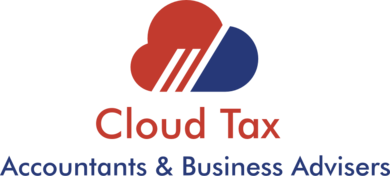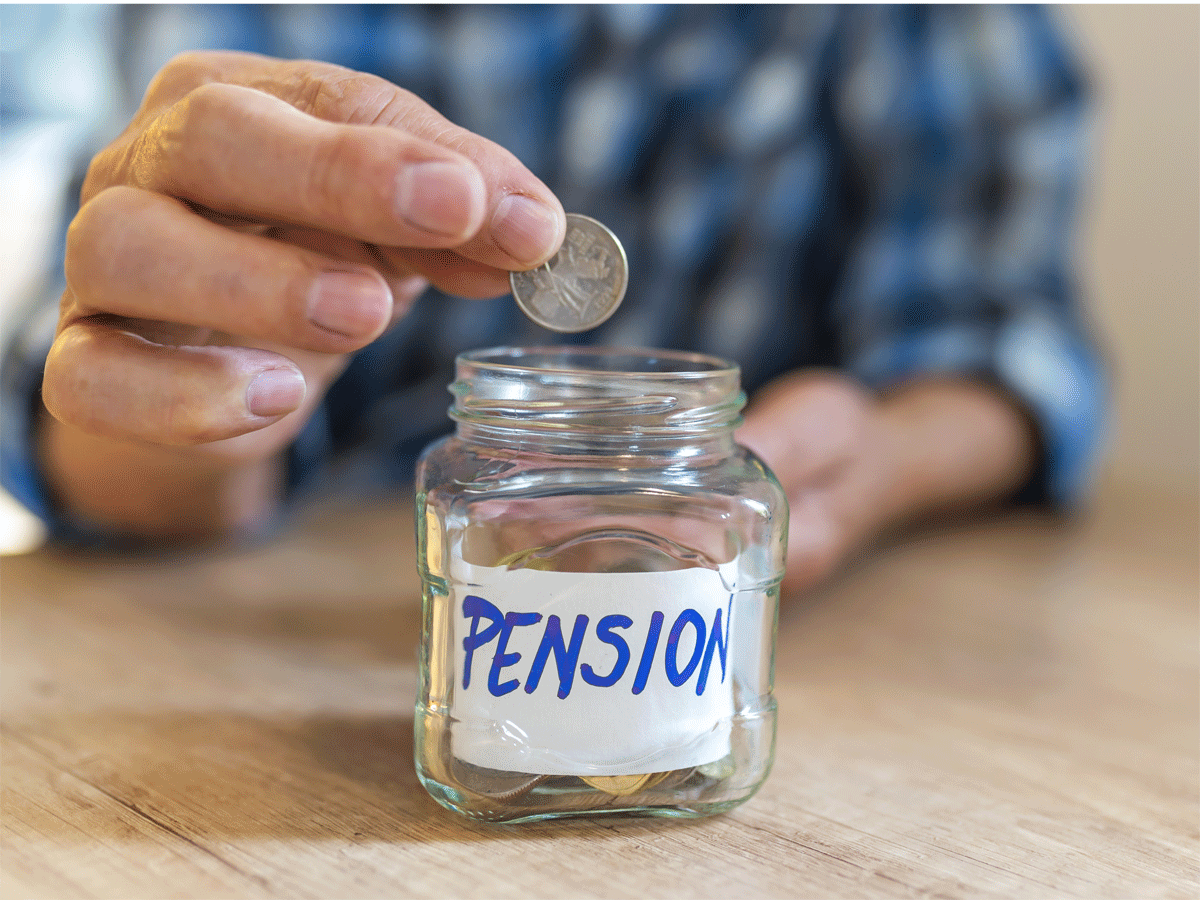Introduction
Let’s get straight down to business. There is reason you should put money into a pension and one of the main reasons to SAVE TAX.
As a pension saver you enjoy two important tax reliefs:
• Tax relief on your contributions – what I call buying investments at a 40% discount.
• Tax-free growth – all your income and capital gains are completely tax free.
However, if maximizing tax relief is your priority, as it should be, there’s a lot more to it than simply putting away a fixed amount each year.
You may wish to decide how much to invest, making bigger or smaller pension contributions in some years or none at all. You may wish to consider who makes the contributions: you, your employer, or your spouse.
You may also want to look at when is the best time to invest. And, of course, you may want to know why you should even bother investing in a pension in the first place.
Tax Relief on Contributions: How it’s Calculated
When you make pension contributions the taxman will top up your savings by paying cash directly into your plan. Effectively for every £80 you invest; the taxman will put in an extra £20. Why £20, you might be asking? Well, your contributions are treated as having been paid out of income that has already been taxed at the basic income tax rate of 20%. The taxman is therefore refunding the income tax you have already paid. The company that manages your pension plan – usually an insurance company or SIPP provider – will claim this money for you from the taxman and credit it to your account. So whatever contribution you make personally, divide it by 0.80 and you’ll get the total amount that is invested in your pension pot.
The Cherry on Top – Higher Rate Relief
For the 2022/23 tax year a higher-rate taxpayer is someone who earns more than £50,270. If you are a higher-rate taxpayer, the taxman will let you claim your higher-rate tax relief when you submit your tax return.
Alternatively, if you are a company employee, higher-rate tax relief can be provided immediately by reducing the tax paid on your salary via your PAYE code.
Example
As we already know, Peter’s personal contribution is £4,000 and total pension fund investment, including the taxman’s top-up, is:
£4,000/0.80 = £5,000
The £4,000 is what’s known as the ‘net contribution’ and the £5,000 is what’s known as the ‘gross contribution’. Multiplying the gross contribution by 20% we get:
£5,000 x 20% = £1,000
This is Peter’s higher-rate tax relief. Effectively he has a pension investment of £5,000 which has cost him just £3,000 (£4,000 personal contribution less his £1,000 tax refund). In other words, he is getting all of his investments at a 40% discount.
This is the critical number. Being able to make investments year after year at a 40% discount can have a huge effect on the amount of wealth you accumulate.
Summary
• When you make pension contributions you qualify for two types of tax relief: Basic-rate tax relief which comes in the shape of top-ups to your pension plan and higher-rate relief which is normally claimed when you submit your tax return.
• Your total pension fund investment is found by dividing your personal contribution by 0.80. The taxman’s top-up is paid directly to your pension provider who will credit your pension pot.
• Higher-rate relief is calculated by multiplying your gross pension fund contribution by 20%.
• Together these two tax reliefs mean all your pension investments come in at a 40% discount.
The Basic Pension Contribution Rule
To obtain tax relief on your pension contributions they have to stay within certain limits:
• Earnings. Contributions made by you personally must not exceed your annual earnings.
• The £40,000 Annual Allowance. Total pension contributions by you and anyone else (normally your
employer) must not exceed £40,000 per year. The annual allowance is reduced once you start withdrawing certain types of income from your pension (see below). It may also be reduced if your “adjusted income” exceeds £240,000.
Ignoring any pension contributions by the employer, an individual with earnings of £35,000 can contribute £35,000 to a pension. An individual with earnings of £75,000 can contribute £40,000 (contributions capped by the annual allowance). Employer contributions also have to be thrown into the mix when calculating the maximum pension contribution.
Let’s say the individual with earnings of £75,000 is an employee and his employer contributes £10,000 to his pension. The maximum contribution he can make personally is £30,000:
£40,000 annual allowance – £10,000 from employer = £30,000
Earnings
To obtain tax relief on your pension contributions you have to have earnings – ‘relevant UK earnings’ to be precise.
Employees
If you are an employee, your relevant UK earnings will include:
• Salary or wages
• Bonus, overtime, and commissions, and
• Taxable benefits in kind.
There are a few other bits and bobs that can count as relevant UK earnings for pension contribution purposes, including redundancy payments that exceed the £30,000 tax-free threshold and statutory sick pay and statutory maternity pay.
Income but Not Earnings
Earnings do not include:
• Rental income
• Interest
• Dividends
• Capital gains.
The Annual Allowance
The annual allowance is the overall cap on the amount of pension contributions you can make with tax relief. It’s currently £40,000. Your annual allowance is also reduced if your “adjusted income” exceeds £240,000.
The Carry Forward Rule
If you want to make a big pension contribution that exceeds the annual allowance, you can tap any unused allowance from the three previous tax years. This means that someone who hasn’t made any pension.
contributions so far during the current tax year can potentially make a pension contribution.
Membership of a Pension Scheme Required
Unused annual allowance can only be carried forward if you were a member of a registered pension scheme for the period in question. For example, if you start contributing to a pension now but did not belong to any pension scheme in the three previous tax years, you cannot carry forward any unused annual allowance from
those years.
How to Maximize Your Higher-Rate Tax Relief
Everyone who makes pension contributions gets basic-rate tax relief (the taxman’s 20% top up). If you are a higher-rate taxpayer, you can also claim an additional 20% tax relief. However, some higher-rate taxpayers don’t enjoy full tax relief on their pension contributions because they don’t understand how higher-rate relief is calculated. It’s a bit like paying for a business class ticket and accidentally sitting in economy.
The Maximum Higher Rate Relief
The maximum higher-rate tax relief you can claim is:
Your Gross Pension Contribution x 20%
However, you will only enjoy the maximum higher-rate tax relief if you have at least this much income taxed at 40%. If your income is £50,270 plus one pound, you can only get higher-rate tax relief on one pound of pension contributions.
Tax Planning
Big pension contributions can be a bad idea if you don’t have enough income taxed at 40%. To enjoy the maximum tax relief you may want to consider spreading your pension contributions over a number of tax years. If maximizing tax relief is your priority, you should make sure your gross pension contributions do not exceed the amount of income you have taxed at 40%.
Taxpayers with Dividend Income
Some taxpayers whose non-dividend income is close to the higher rate threshold (currently £50,270) may not enjoy full higher-rate relief on their pension contributions if they also have dividend income.
Backdated Claims
If you have not claimed your higher-rate tax relief, the good news is you can make a backdated claim going back four years. Rebates can run to thousands of pounds. Write to your local tax office, outlining the gross contributions you have made and the tax years they relate to, or speak to an accountant.
Income between £100,000 and £125,140
Once your income exceeds £100,000 your income tax personal allowance is gradually taken away. It is reduced by £1 for every £2 you earn above £100,000. For example, if your income is £110,000 your personal allowance.
will be reduced by £5,000. The income tax personal allowance for the 2022/23 tax year is £12,570. So once your income reaches £125,140 you will have no personal allowance at all.
This is a real tax sting for those earning over £100,000. The personal allowance currently saves you £5,000 in tax if you are a higher-rate taxpayer.
Paying Tax at 60%
The effect of having your personal allowance taken away is that anyone earning between £100,000 and £125,140 faces a hefty marginal income tax rate of 60%.For example, someone who earns £100,000 and receives an extra £10,000 will pay 40% tax on the extra income – £4,000. They’ll also have their personal allowance reduced by £5,000,which means they’ll have to pay an extra £2,000 in tax (£5,000 x 40%). Total tax on extra income: £6,000 which is 60%.
Saving Tax at 60%
The flipside of this is that anyone in this income bracket who makes pension contributions can currently enjoy 60% tax relief. Your personal allowance is reduced if your ‘adjusted net income’ is more than £100,000. When calculating your adjusted net income you usually deduct any pension contributions you have made.
Income over £125,000
Once your income rises above £125,000 your marginal income tax rate falls back to 45%. However, making quite big pension contributions can still be attractive because you may still get 60% tax relief on some of the money you put away.
The Tapered Annual Allowance
When your income rises above £150,000 you become an additional-rate taxpayer and start paying tax at 45% on most types of income. The flipside is you can enjoy 45% tax relief on your pension contributions. However, some additional-rate taxpayers face greater restrictions to their pension contributions than other taxpayers. The annual allowance – the maximum amount that can be invested in a pension each year – can be reduced from £40,000 to just £4,000.
Adjusted Income
If your threshold income exceeds £200,000 the next thing you have to calculate is your ‘adjusted income’. Broadly speaking, your adjusted income is your total taxable income plus any pension contributions made by your employer. You also add back any contributions to an occupational pension scheme under a net pay arrangement (where your contributions are deducted from your salary before calculating PAYE).

